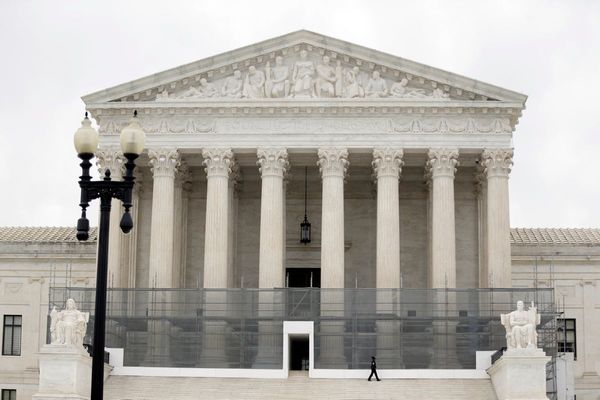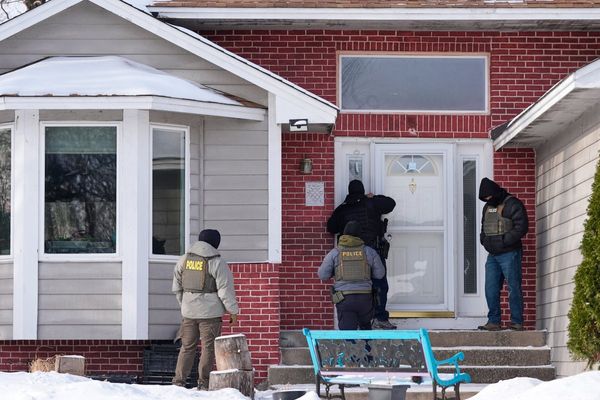
When Boris Johnson trailed plans for what many called “freedom day” in England – exactly one year ago - he urged the public not “to get demob happy”. His decision to drop the remaining Covid restrictions came as infections were on the rise but the firebreak of summer holidays was imminent. “If we can’t reopen our society in the next few weeks,” he told a Downing Street briefing, “when will we be able to return to normal?”
In the event, there was no rush back to “normal” life. After 16 months of pandemic pain, the public was cautious. On the whole, people made only tentative moves back towards old patterns of behaviour. They became more relaxed about social distancing and “risky social mixing”, but that trend had begun after the brutal Alpha wave and the start of mass vaccinations six months earlier.
Going into the autumn, mask wearing dropped a little, public transport picked up and restaurants got busier, but the trends did not survive the winter: Omicron and Plan B measures saw to that.
Data from the Office for National Statistics for the UK shows that social distancing peaked in January and February 2021, when the country endured its deadliest wave of Covid, then dropped steadily to the lowest level recorded in July this year. More than 90% of adults said they had worn a mask outside the home in the week before “freedom day”, and while this briefly fell into the 80s that autumn, it bounced back up when Omicron arrived and plan B measures called for more face coverings, working from home and Covid passports for certain events. From February 2022, UK mask use fell substantially, down to 35% early this month, the lowest since June 2020.
A similar pattern played out on public transport, at least in London. Tube and bus travel plummeted in the first lockdown, then increased steadily until the Alpha wave struck in the winter. Through 2021, buses and tubes gradually filled up again, and more steeply after all restrictions were lifted, to reach 75% of pre-pandemic levels last autumn.
But they soon crashed when Omicron struck, to about a third of pre-pandemic levels, before bouncing back hard in 2022 to the current level of about 80%.
The figures suggest that while “freedom day” had some impact on people’s behaviour in England, the most striking changes were this year. People were still in a cautious mood after all restrictions were removed, when the first massive wave of Omicron sent infection rates soaring. But at the start of 2022, the highly transmissible new variant was found to be milder for most. The government’s plan B measures were scrapped and the “living with Covid” plan in England ended the need to self-isolate and dropped free tests for most people.
John Drury, a professor of social psychology at the University of Sussex, said the policy shifts in early 2022 accelerated the decline in people taking protective measures, and reframed the risk, so that even with cases now soaring again, few people are back to mask wearing and other precautions. “There has been a step-change in the public’s perceptions of the risks associated with Covid in the past six months or so,” he said.
Some of that reflects the success of vaccines, but government messaging has promoted a sense of the pandemic being over, he said, which has “significantly impacted public perceptions of risk and subsequent behaviours”.
Part of the shift in behaviour, said Stephen Reicher, professor of social psychology at the University of St Andrews, can be traced back to the “living with Covid” plan, which emphasises the need for people to take personal responsibility for their safety.
Throughout the pandemic, many people adhered to restrictions for the good of the community rather than themselves, but the shift from social responsibility to personal responsibility undermined that, Reicher said. Now, with minimal testing and no requirement to self-isolate, people have not been able to take personal responsibility. The TUC found nearly one in 10 workers with Covid symptoms have been put under pressure to go into their workplace, with similar pressure on children going to school, Reicher said. The result is stubbornly high infection rates even between successive waves.
“It is that constant load which is proving to be so disruptive in terms of health, education and the economy,” he said.
Not everyone has swung back to more normal life. Nearly a quarter of people with blood cancer are still so concerned about Covid that they are leaving home only for essential trips, according to Blood Cancer UK. Because blood cancer patients have compromised immune systems, Covid vaccines tend to be less effective. As a result, immunocompromised patients now account for more deaths than earlier in the pandemic and nearly 9% of intensive care admissions, up from 3.5% in early 2021.
Richard Evans, of Blood Cancer UK, said the government needed to make the protective antibody therapy, Evusheld, available to patients, reinstate masks in hospitals and ensure such patients had swift access to antivirals and other new treatments.
For all the evidence of normal life returning, it may never be what it once was. Office working in London seems to have stabilised at about 75%, though home working is more common in the capital than many other places.
“It’s still pretty apparent we’re not back to pre-pandemic levels with everyone back in the office five days a week, but it really varies by workplace and industry,” said Christopher Jarvis, assistant professor at the London School of Hygiene & Tropical Medicine. “Fundamentally, the way people work has changed, and that could last a considerable amount of time.”







